
Clustered is an easy-to-learn strategy card game that is fun for the whole family! During the game, players will make moves according to the symbols on the cards in their hands. The symbols on Clustered cards vary by shape, fill type, and number. Challenge your pattern recognition skills by playing cards that share attributes in common with neighboring cards on the board. Carefully choose where to play in order to either score points for yourself or block your opponents from doing so. Each card you cluster together in a row or a square will get you a point. Simply score more points than the other players to win. It’s anyone’s game until the last card is played!
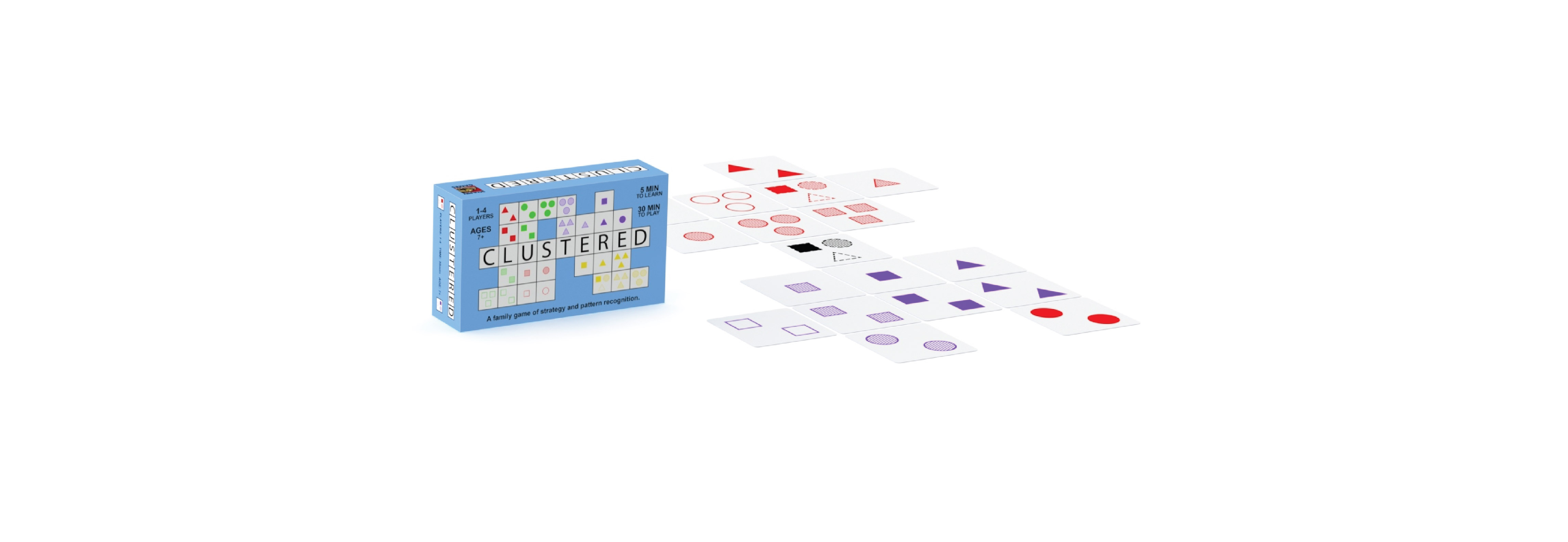
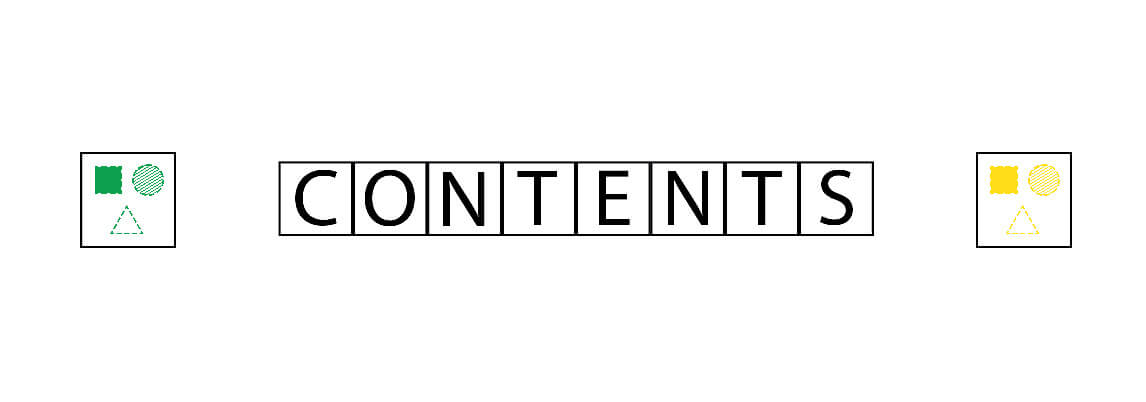
1 start card

4 uniquely colored decks of 29 cards. Each deck contains the following cards:

Instructions (Click image to download PDF)

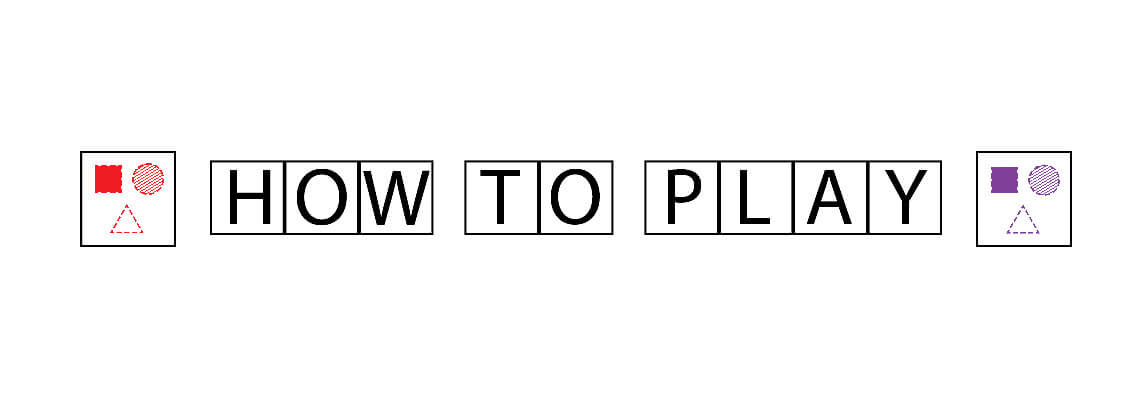
The symbols depicted on an individual card determine where the card can be placed. The symbols have three different attributes, which vary from card to card: shape (square, triangle, or circle), fill type (hollow, dashed lines, or solid), and number (one, two, or three symbols). A card must be played so that it is sharing at least one edge with another card that is already on the table. To place a card on the table, all neighboring cards must share at least two of the three symbol attributes in common with the card being played. Players’ decks contain every combination of each of the three symbol attributes, totaling 27 cards.
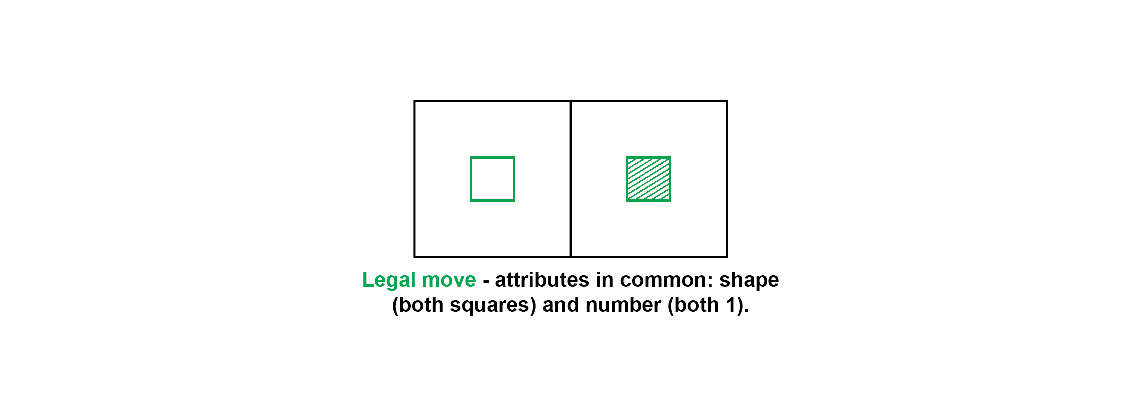
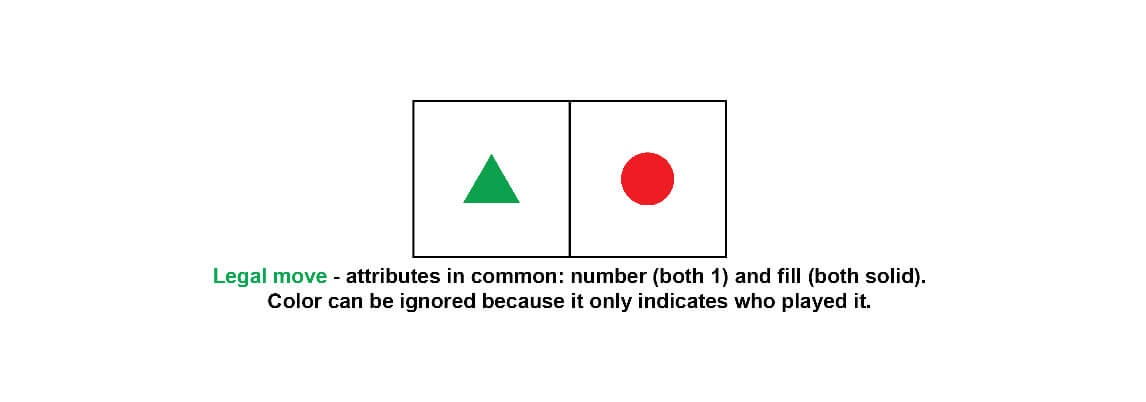
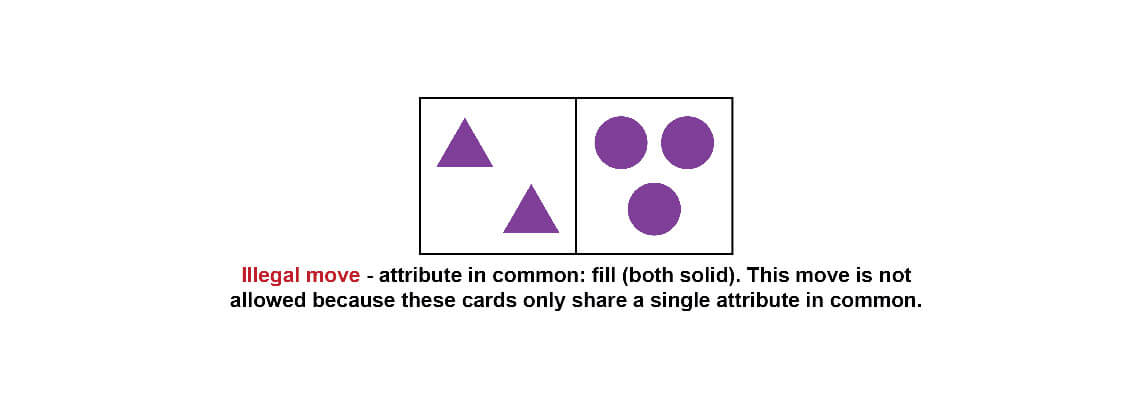
Each deck also contains two wild cards (pictured below). Wild cards can be played next to any other card in the deck, and players need not assign a specific value to the card. In other words, the wild card can have up to four cards of any kind bordering it at a given time without any conflicts.

Scoring:
Scoring takes place when all players’ cards have been played or discarded, this would signify the end of the game.
Lines:
Players get 1 point for each card in a line that is 3 cards or longer. Lines can be vertical or horizontal, but not diagonal. The lines must be uninterrupted to get points. A line is considered uninterrupted if it is made up of only a single player’s cards (i.e., no opponents’ cards fall within it). If another player’s card interrupts the line, it must be scored as two separate lines.
Largest Rectangle:
Players get points equal to the number of cards that make up their largest uninterrupted rectangle. A rectangle is considered uninterrupted if it is made up of only a single player’s cards (i.e., no opponents’ cards fall within it). The rectangle must have two or more cards on each side to qualify for points. In addition, the rectangle may have uneven side lengths. For example, a 3X2-card rectangle would be worth 6 points.
Example of Scoring:



Winning:
The player with the highest score after all the cards have been played or discarded wins.


